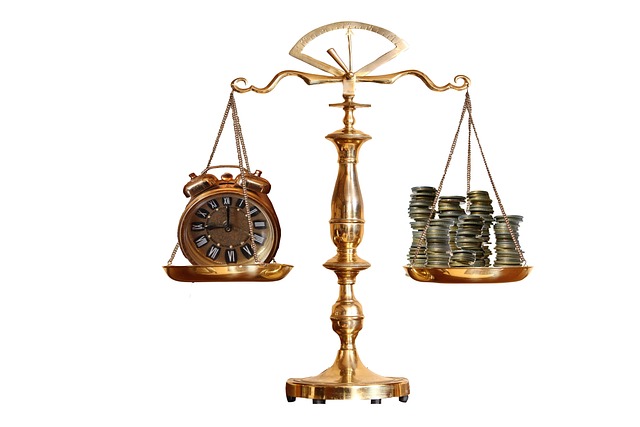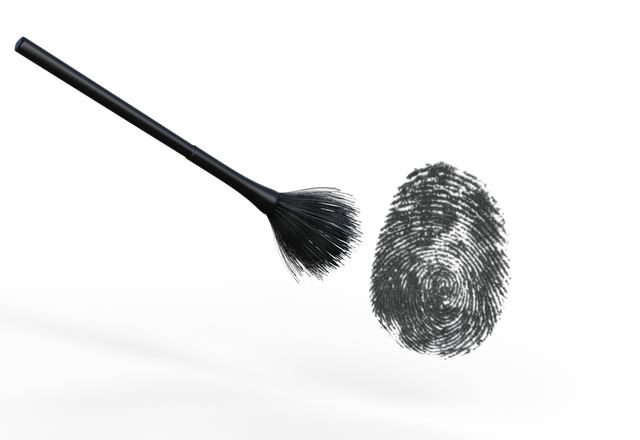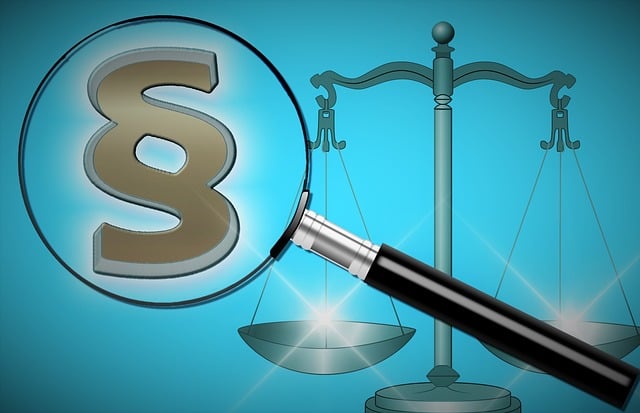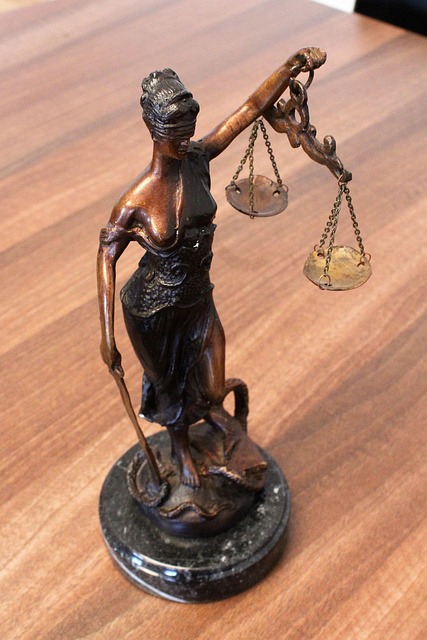Whistleblower Protection Laws (WPL) safeguard individuals reporting illegal activities from retaliation. To overturn a wrongful conviction using WPL, whistleblowers must identify protected activity and employer retaliation, file reports with relevant agencies like the SEC, and pursue civil legal action for damages. This process involves reviewing trial records, collecting evidence, presenting persuasive arguments, navigating complex legal procedures, and appealing through experienced white-collar defense attorneys to ultimately aim for charge dismissal.
Whistleblower protection lawsuits are pivotal in ensuring individuals who expose illegal activities within organizations remain safeguarded. This article guides you through the intricate process of overturning wrongful convictions, offering valuable insights into understanding relevant laws, building compelling cases, and navigating legal proceedings with expertise. Discover essential steps to challenge unfair judgments and protect whistleblowers’ rights, emphasizing the importance of robust legal strategies in these delicate matters.
- Understanding Whistleblower Protection Laws
- Building a Strong Case for Overturn
- Navigating Legal Proceedings and Appeals
Understanding Whistleblower Protection Laws

Whistleblower Protection Laws (WPL) are designed to safeguard individuals who expose illegal or unethical activities within their organizations from retaliation. These laws are crucial in fostering a culture of integrity and accountability, especially in high-stakes cases involving white collar and economic crimes. Understanding WPL is essential for anyone considering coming forward with information that could overturn a wrongful conviction.
The process to overturn a wrongful conviction through WPL involves several steps. Whistleblowers must first identify the protected activity they engaged in—such as reporting fraud or environmental violations—and any subsequent retaliation by their employers. Next, they need to file a report with the relevant government agency, like the Securities and Exchange Commission (SEC) for financial crimes. If the internal report is unsuccessful or the employer continues to retaliate, whistleblowers can pursue legal action in civil court, where they may be eligible for damages and other remedies. This process requires careful navigation through complex legal procedures, making it vital to seek legal counsel experienced in handling WPL cases across the country.
Building a Strong Case for Overturn

Building a strong case for overturning a wrongful conviction is paramount when navigating whistleblower protection lawsuits. The first steps involve meticulously reviewing and analyzing the original trial record, identifying any procedural errors or violations of legal rights. This includes examining evidence handling, witness testimonies, and legal arguments presented, as these are crucial elements that can undermine the validity of the conviction.
Collecting compelling evidence to support the claim is another key strategy. This may involve securing expert opinions, gathering affidavits from credible sources, and uncovering new facts or exculpatory information that was previously overlooked. Presenting a well-structured argument in high-stakes cases, especially those headed for jury trials, can lead to achieving extraordinary results. By combining thorough legal research with persuasive presentation skills, advocates can effectively challenge the conviction and set a precedent for future whistleblower protection cases.
Navigating Legal Proceedings and Appeals

Navigating Legal Proceedings and Appeals can be a complex and daunting task, especially for individuals who have been wrongfully convicted. The first step in the process is often to file a motion for a new trial or a request for appellate review, arguing that there was misconduct during the initial trial or that new evidence has emerged. This involves meticulous preparation and a deep understanding of legal procedures, which is why engaging an experienced white-collar defense attorney is crucial. They can guide their clients through the intricate steps to overturn a wrongful conviction, aiming for a complete dismissal of all charges.
During this phase, both parties present their arguments and evidence to the court. Appeals courts carefully review the case, considering whether the lower court made any errors in its decisions. If successful, the ruling can lead to a new trial or, in some instances, an acquittal. It is a lengthy process that requires perseverance, and it often involves multiple rounds of legal briefs and oral arguments. For his clients, ensuring their rights are protected and seeking justice is the ultimate goal.
Whistleblower protection lawsuits are complex, but understanding the legal framework and taking meticulous steps to build a strong case can lead to significant outcomes. By navigating through legal proceedings and appeals effectively, individuals can fight for their rights and ensure justice prevails. Remember that each step in the process, from building a compelling narrative to presenting solid evidence, is crucial when aiming to overturn a wrongful conviction. Following the outlined strategies and seeking professional guidance can make all the difference in achieving positive results and protecting those who speak truth to power.






